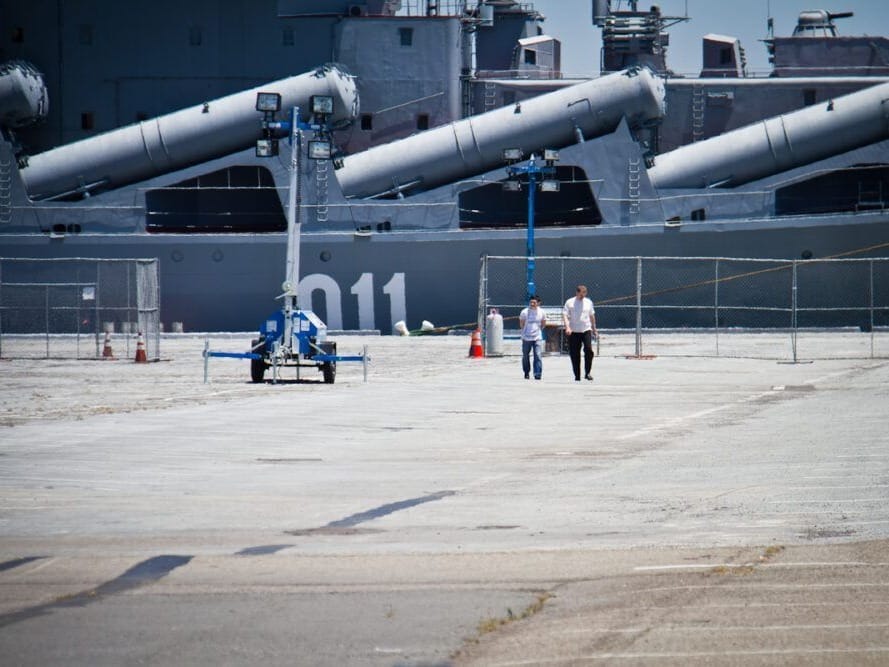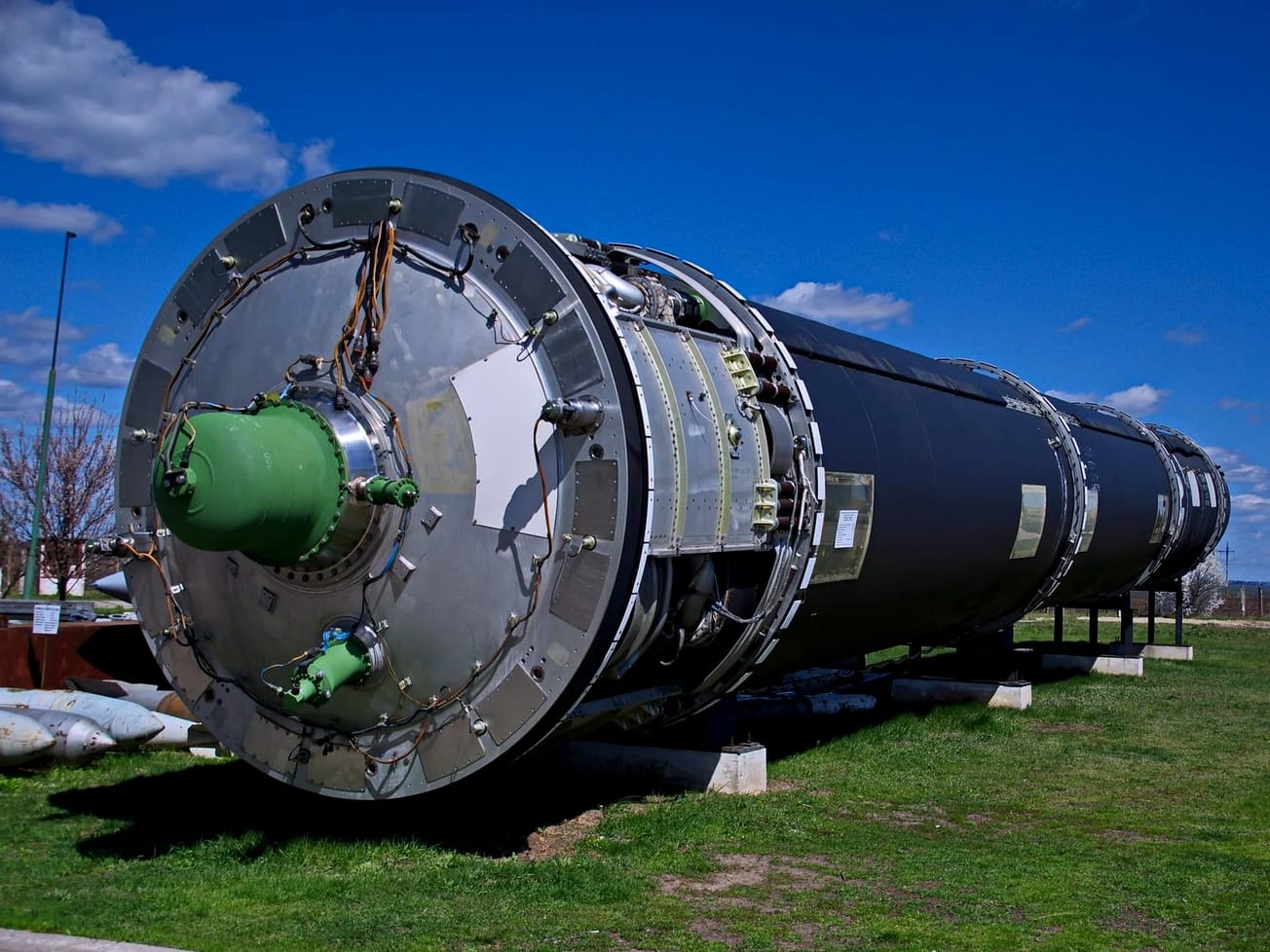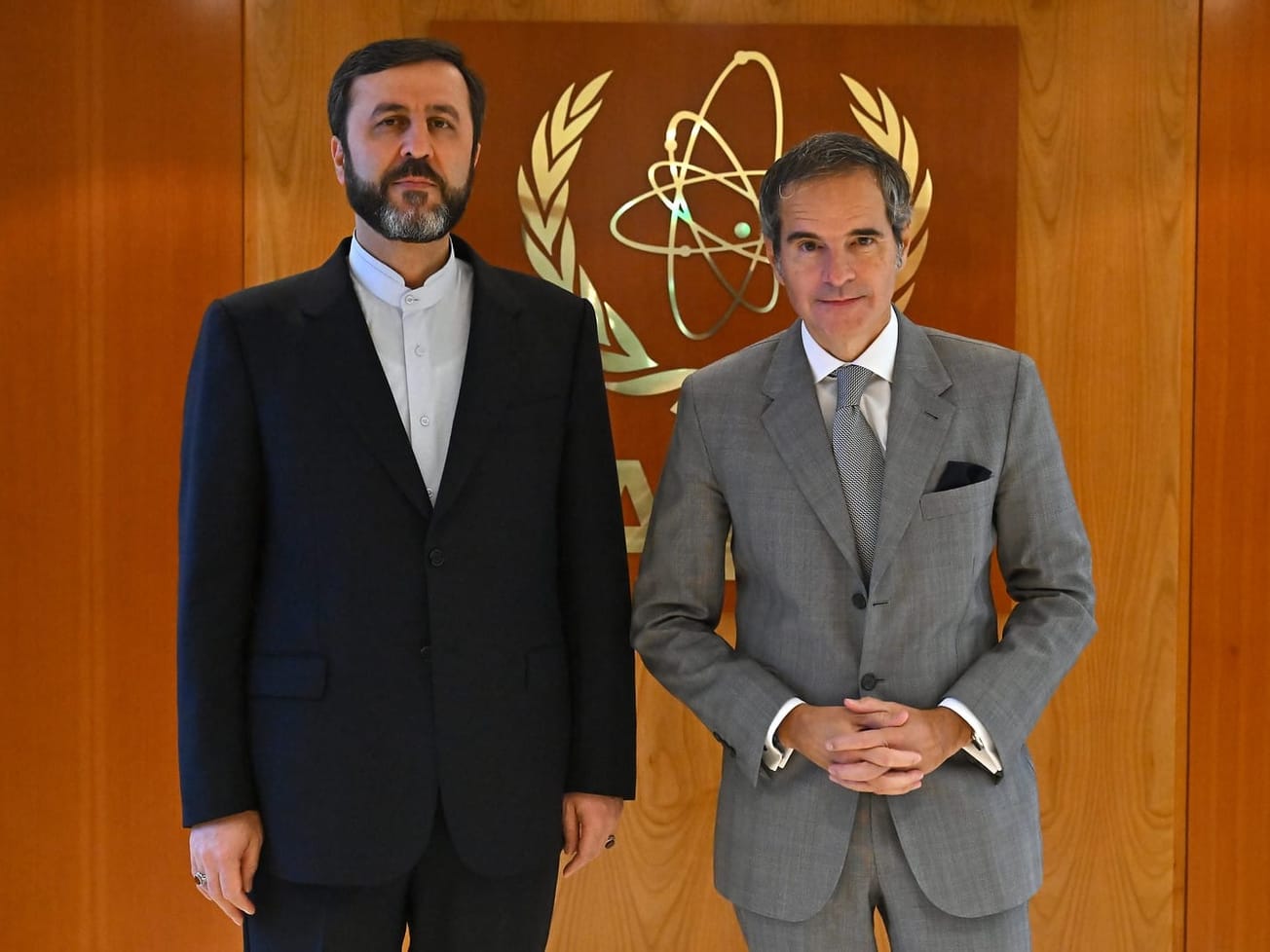WASHINGTON (AN) — U.S. President Donald Trump announced plans to withdraw the United States from the Intermediate-Range Nuclear Forces Treaty of 1987, a move that could risk a new nuclear arms race.
He blamed Russia for the pullout, saying it violated the landmark agreement by developing nuclear-capable cruise missiles to threaten or provoke the North Atlantic Treaty Organization, or NATO. Such accusations are now new, but the United States had not previously threatened to leave the treaty.









